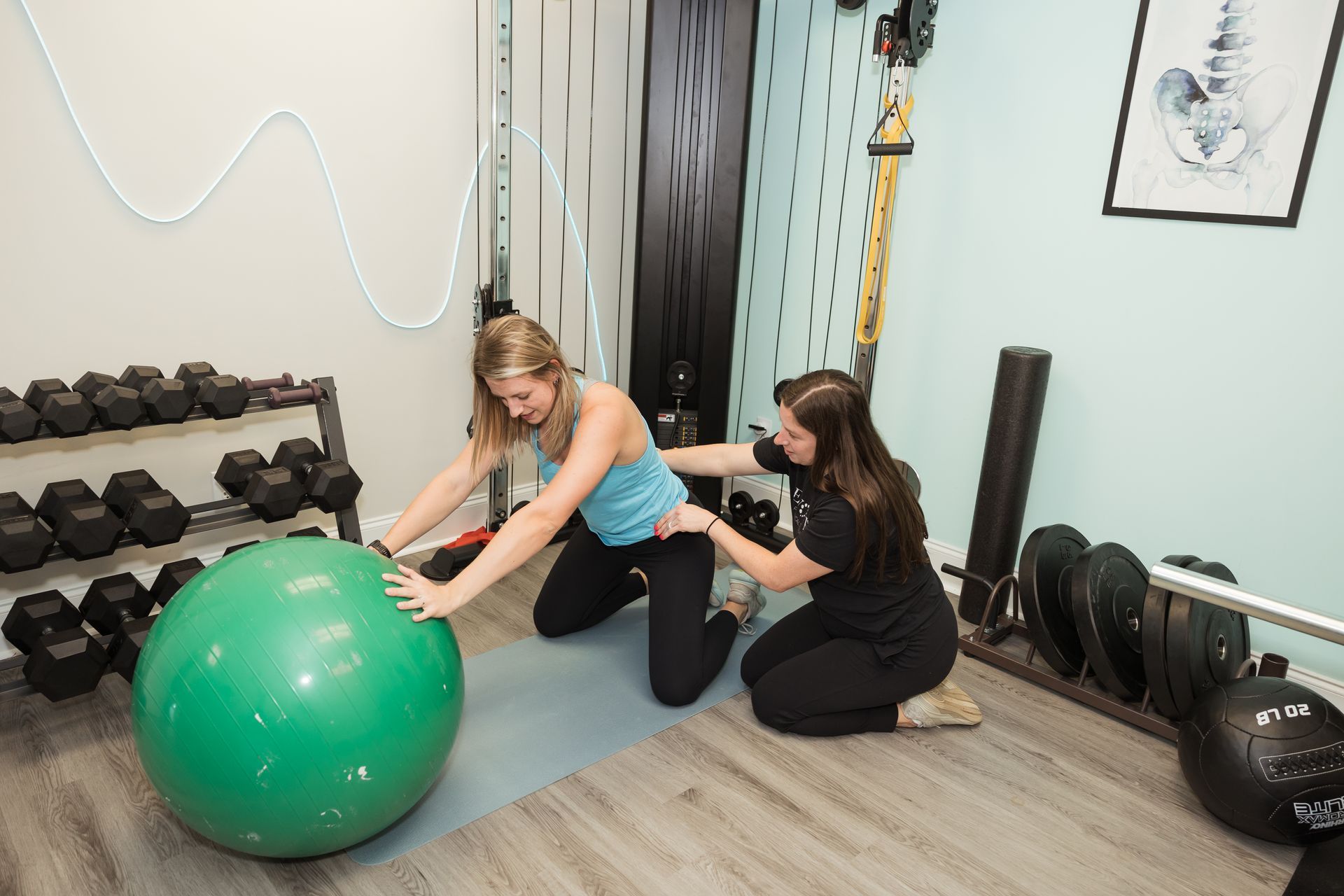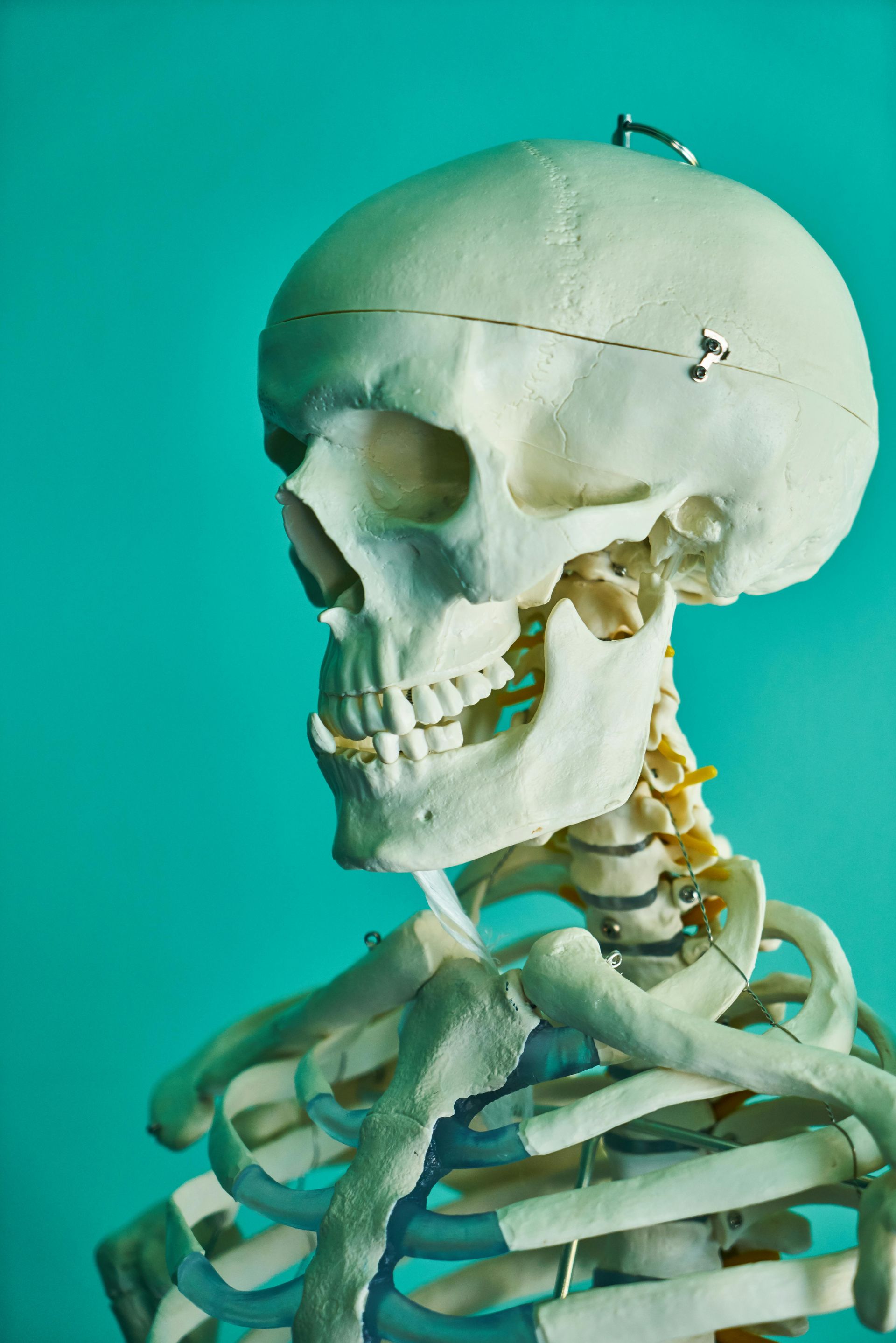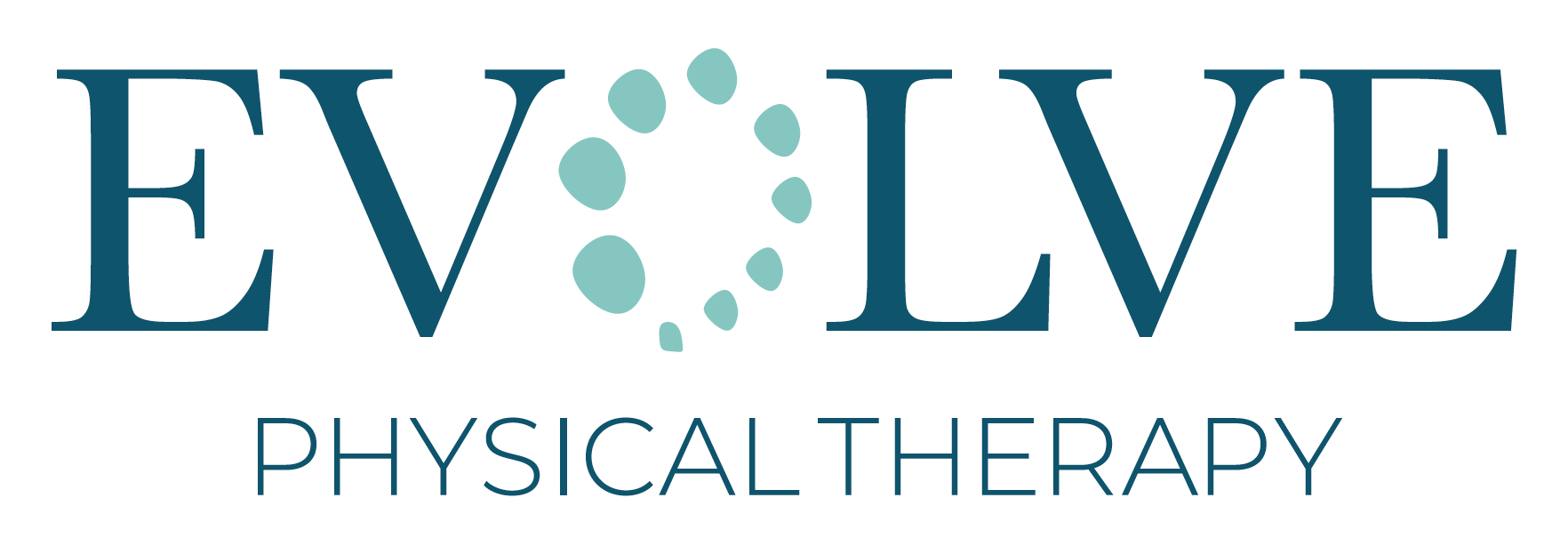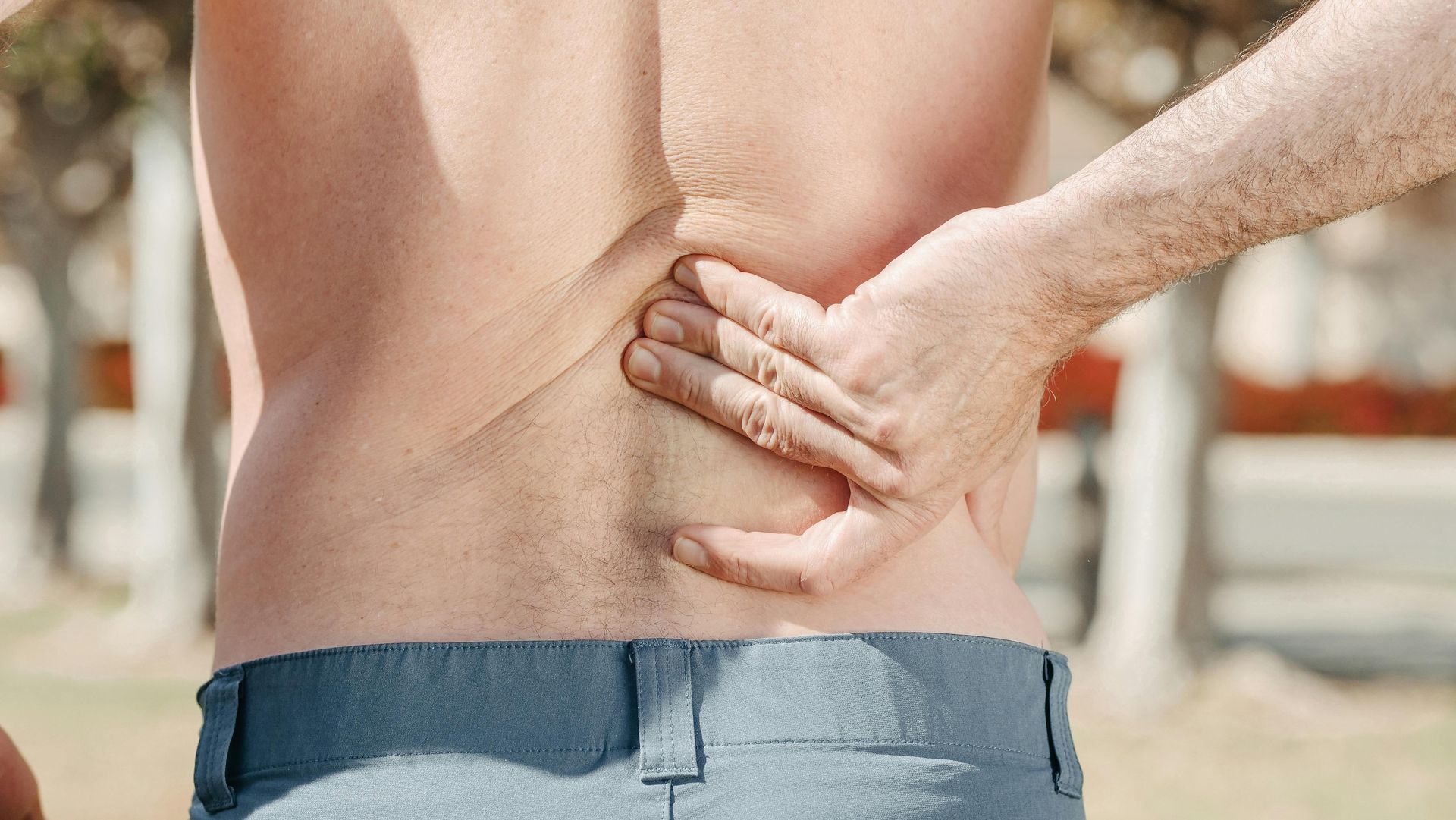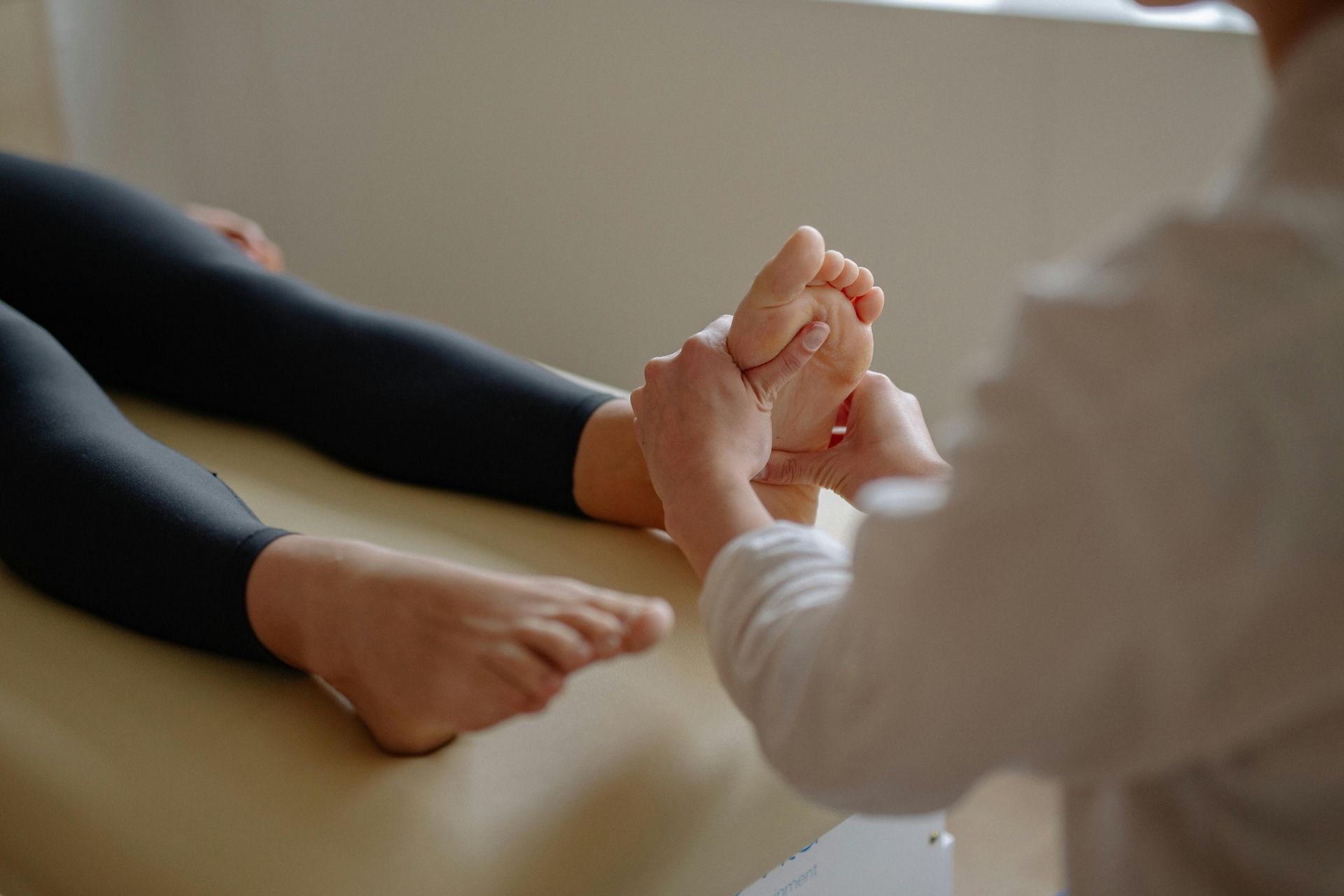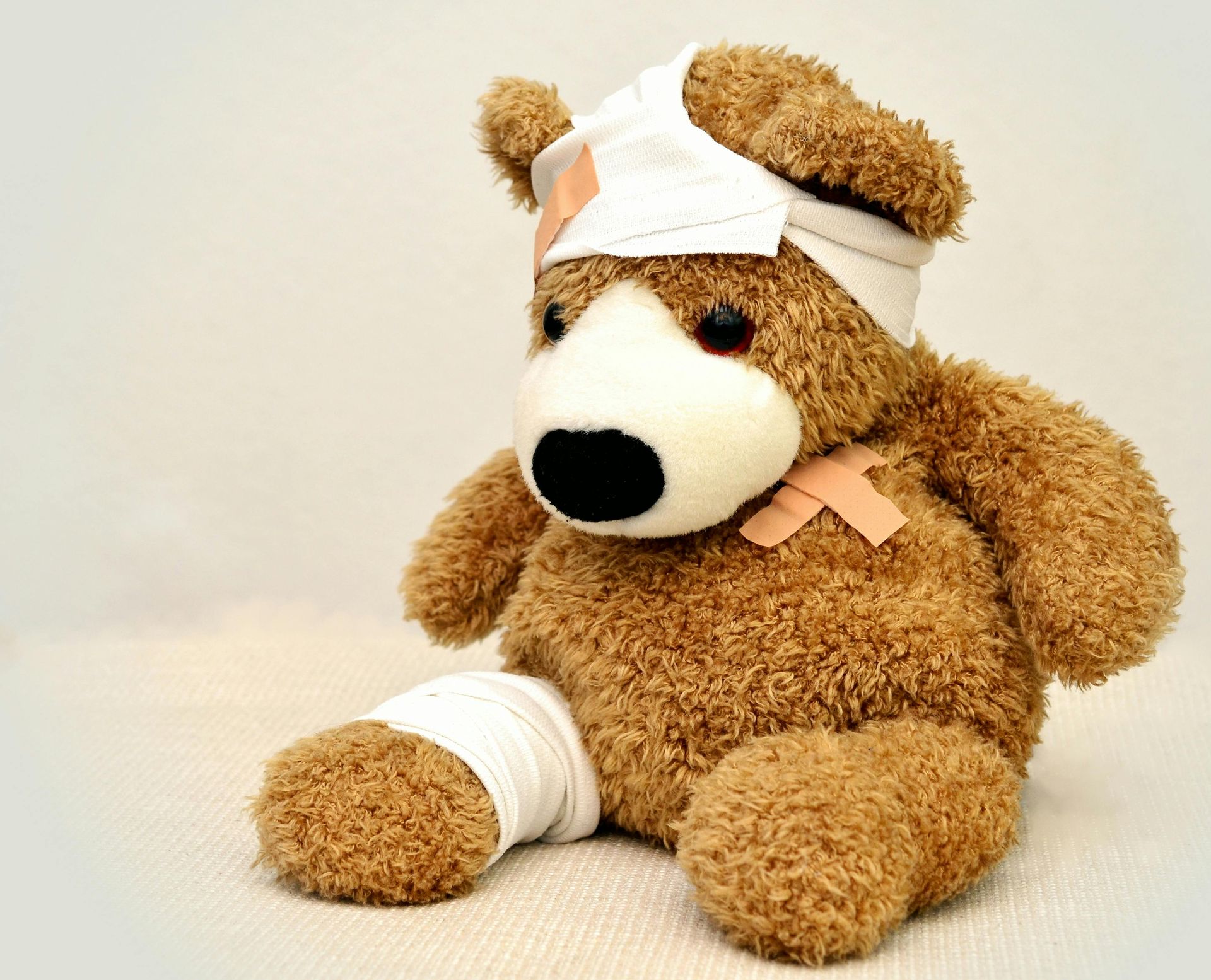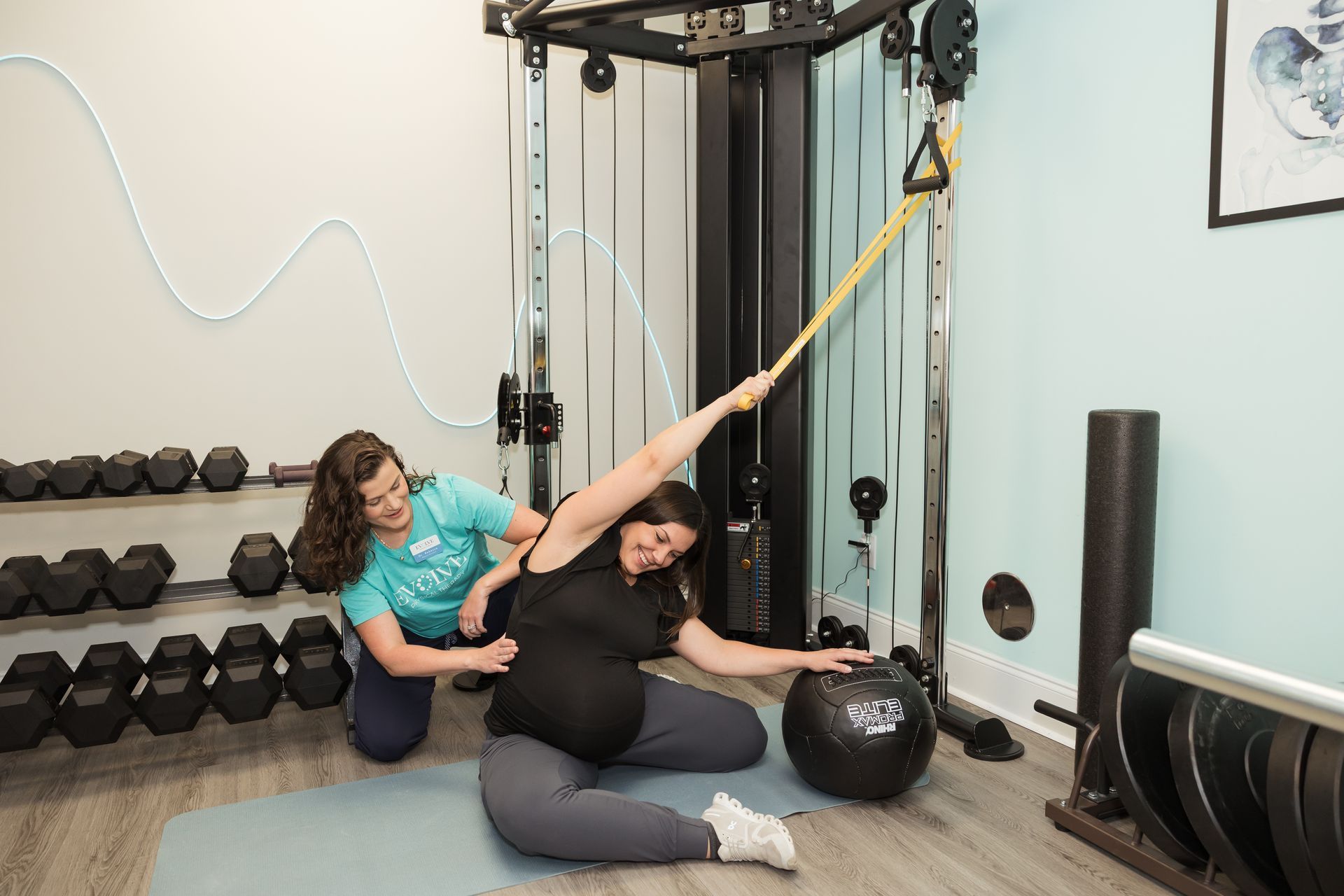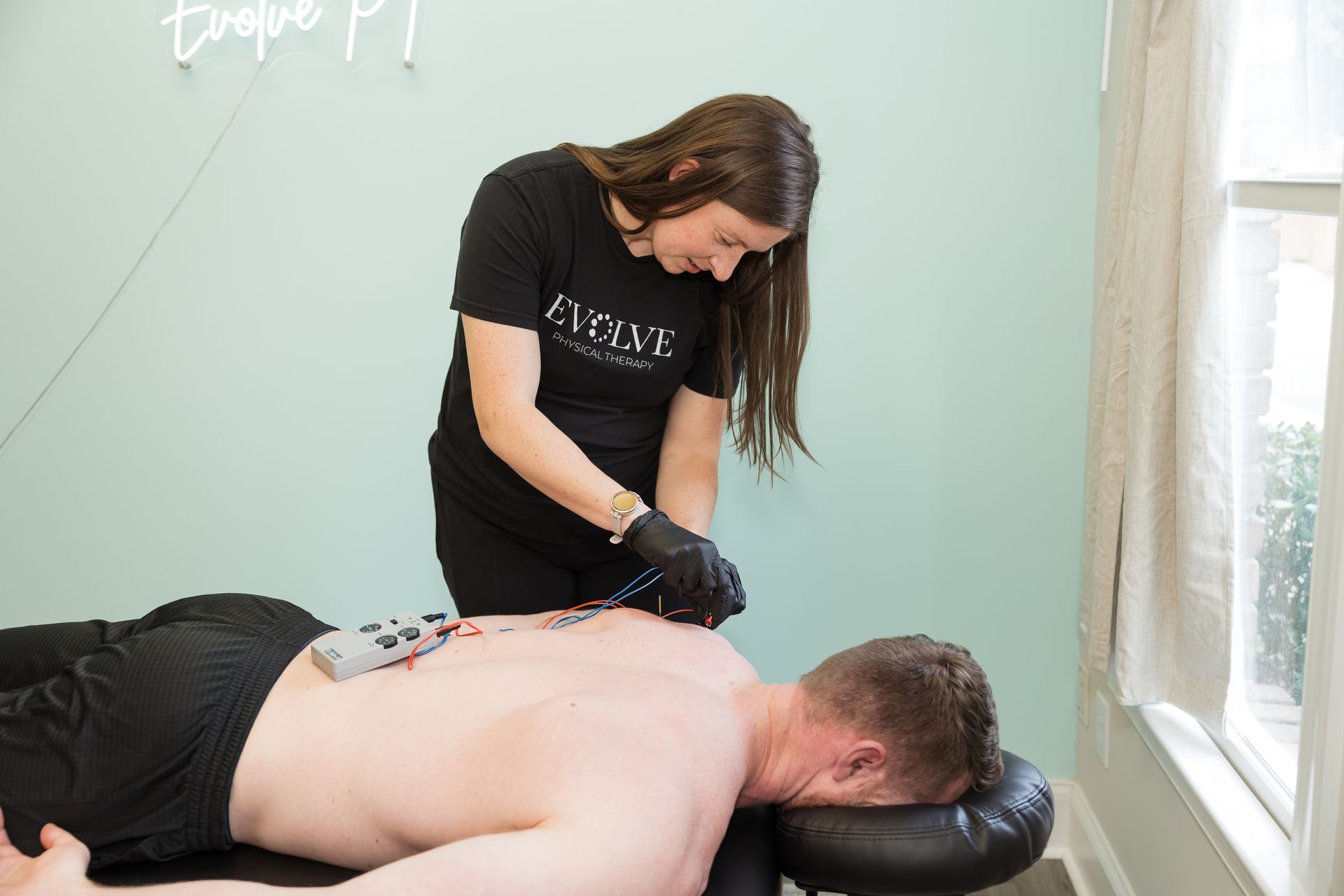Strength Training and Osteoporosis: Building Stronger Bones for a Healthier Future
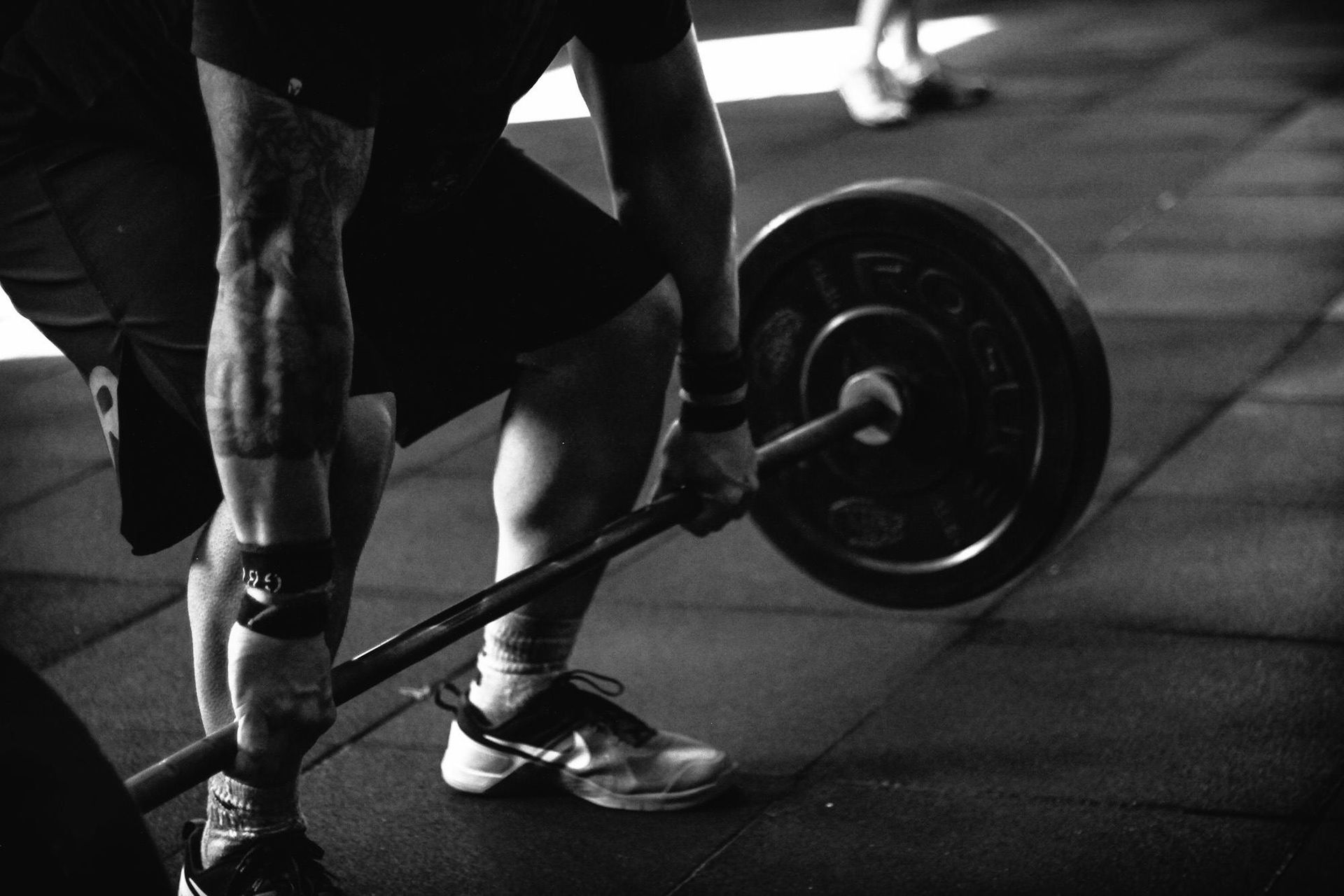
Osteoporosis is a disease that weakens bones, makes the bones thin, and is often called a "silent disease" because it progresses without symptoms until a fracture occurs (NIH, 2022).Affecting millions worldwide—especially postmenopausal women and older adults—it weakens bones and increases the risk of breaks from minor falls or even simple activities like bending or coughing. While medication and dietary strategies are important in managing osteoporosis, one of the most effective and empowering approaches is strength training.
Why Strength Training?
Strength training, also known as resistance training or weightlifting, involves exercises that cause muscles to contract against external resistance. This can be done using free weights, resistance bands, weight machines, or even body weight.
But here’s the critical part: strength training doesn’t just build muscle—it stimulates bone growth. When muscles pull on bones during resistance exercises, they trigger bone-forming cells called osteoblasts, helping to maintain or even increase bone density (Hong, 2018).
Key Benefits of Strength Training for Osteoporosis
- Increases Bone Density
Regular strength training can slow bone loss and may even build new bone in some people. This is particularly important in areas prone to osteoporotic fractures, like the spine, hips, and wrists. - Improves Balance and Coordination
By strengthening core and lower-body muscles, strength training reduces the risk of falls—the leading cause of fractures in older adults. - Enhances Posture and Mobility
Targeted exercises can combat the stooped posture and spinal compression often seen with advanced osteoporosis. - Boosts Overall Health
Strength training improves metabolism, insulin sensitivity, and mood, making it an all-around excellent tool for healthy aging.
Getting Started Safely
Before starting a strength training program, especially if you have osteoporosis or are at high risk, consult your healthcare provider or a physical therapist. They can help tailor a program to your needs and avoid movements that could be unsafe.
Safe Practices Include:
- Start slow with light resistance and progress gradually.
- Focus on form, not weight—proper technique is key to preventing injury. As form gets better, slowly increase the weight
- Slowly work into high-impact movements, such as jumping
- Include balance exercises like standing on one foot to enhance fall prevention.
Osteoporosis doesn’t have to mean frailty or fear. With a consistent, safe strength training routine, you can build resilience—not just in your bones and muscles, but in your confidence and quality of life as well!
Resources:
Hong, A. R., & Kim, S. W. (2018). Effects of resistance exercise on bone health. Endocrinology and metabolism (Seoul, Korea), 33(4), 435–444. https://doi.org/10.3803/EnM.2018.33.4.435
National Institute of Health: Arthritis and Musculoskeletal and Skin Disease. (2022). Osteoporosis. Retrieved from https://www.niams.nih.gov/health-topics/osteoporosis#:~:text=Osteoporosis%20in%20Men-,Osteoporosis%20is%20a%20bone%20disease%20that%20develops%20when%20bone%20mineral,Pregnancy%2C%20Breastfeeding%2C%20and%20Bone%20Health
